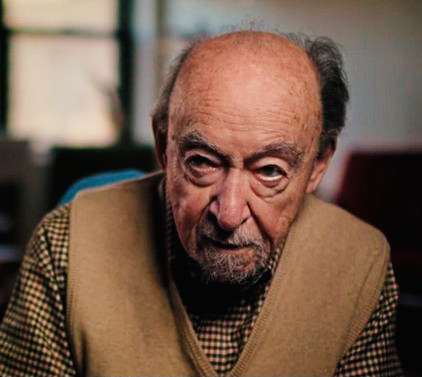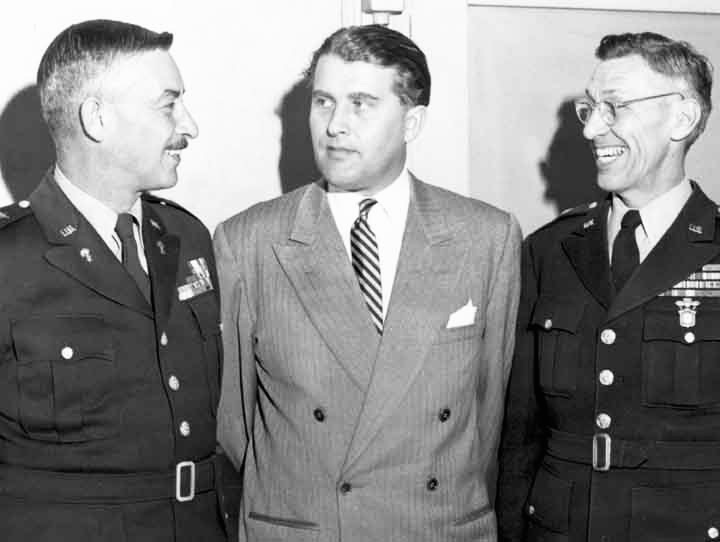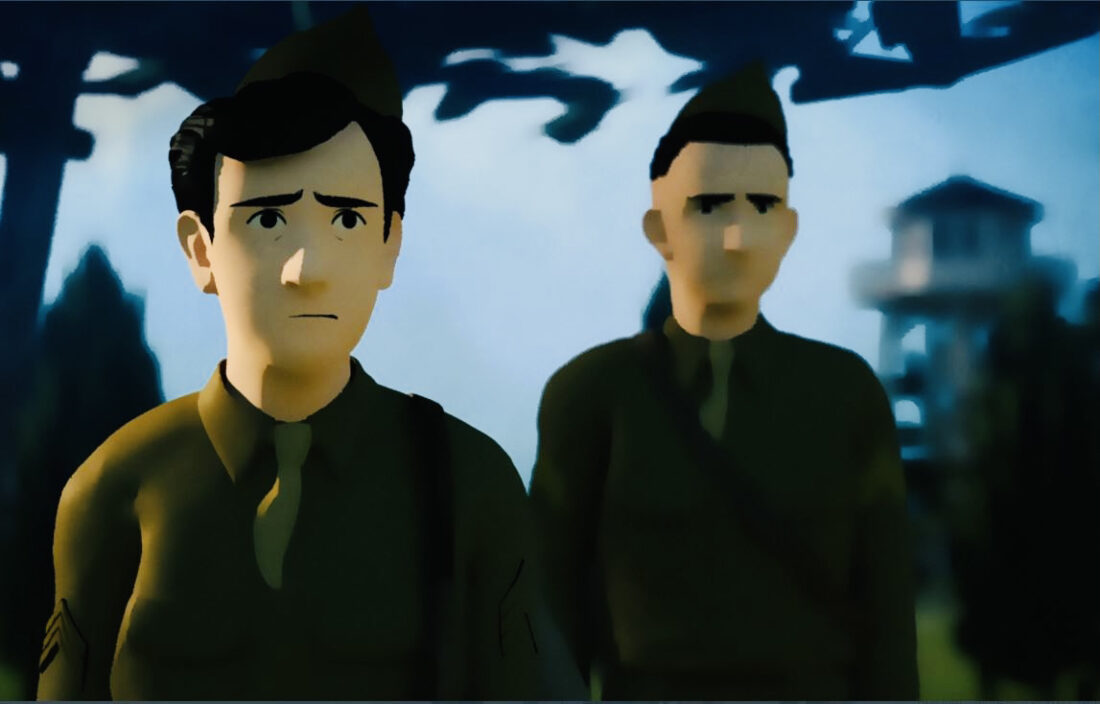It was the least conceivable assignment these American Jewish soldiers expected to receive as World War II raged. Having enlisted in the U.S. armed forces to fight Nazi Germany on the battlefield, they found themselves instead in a secluded camp in Virginia interrogating captured German prisoners of war and scientists and engineers.
Most of the American troops were Jewish refugees from Germany and Austria who had arrived in the United States following Adolf Hitler’s accession to power in 1933 and Germany’s annexation of Austria in 1938.
The unobtrusive role they played in America’s war effort is examined by Daniel Silvan and Mor Loushy in a 36-minute Netflix documentary, Camp Confidential: America’s Secret Nazis, which unfolds through animated sequences and live-action footage.
European Jews like Peter Weiss and Arno Mayer enrolled in the U.S. armed forces because they were eager to exact vengeance on Germany, which had persecuted them and their families.

Much to their surprise and disappointment, they were sent to PO Box 1142, a camp near Washington, D.C. which officially did not exist. Speaking the German language fluently, their sole task was to gather information from German POWs which could be used against Germany. They were bound to an oath of silence about their top-secret jobs.
Resembling a sedate country club rather than a drab POW facility, the camp was populated by soldiers and SS men and, later on, rocket scientists.
POWs who refused to talk were given special treatment. One recalcitrant German was placed inside a truck and threatened with gassing unless he drastically changed his attitude. He began to reveal his secrets after a soldier inserted a vacuum cleaner into the vehicle and pumped dirt particles into it, prompting him to cooperate.
The most valuable piece of information they coaxed from the prisoners was the location of Germany’s V-2 rocket production factory in Peenemunde. Allied bombers struck the site and caused widespread damage, thereby disrupting the manufacture of this deadly weapon, which killed more than 50,000 Britons during the course of the war.
As the fighting drew to a close, several hundred German scientists and engineers who had worked on the development of these rockets were brought to the United States. One of them, Wernher von Braun, would be instrumental in designing a spacecraft that reached the moon in 1969.

The scientists and engineers were questioned by the Jewish interrogators, who were instructed to treat them gently. They were permitted to go shopping at a Jewish-owned department store and allowed to send food and clothing packages to their families back home.
The Jewish soldiers were, of course, ambivalent about their role. Weiss admits he had to suppress rage while interacting with the Germans. “They were sons of bitches and I wanted them dead,” says Mayer in no uncertain terms.
Toward the end of the war, the United States and its ally, the Soviet Union, competed fiercely for the services of the German scientists and engineers. Their competition was a prelude to the Cold War, which would rage until the collapse of the Soviet Union in 1991.
More than 1,600 of them were recruited by the United States in Operation Paperclip. They were soon joined by their families in Germany. The ease with which they were admitted to the United States was a source of bitterness to some of the Jewish soldiers.
Camp PO Box 1142 was bulldozed in 1946 and its record were destroyed. For the public record, it never existed, yet it was partially instrumental in ending the war sooner rather than later.
